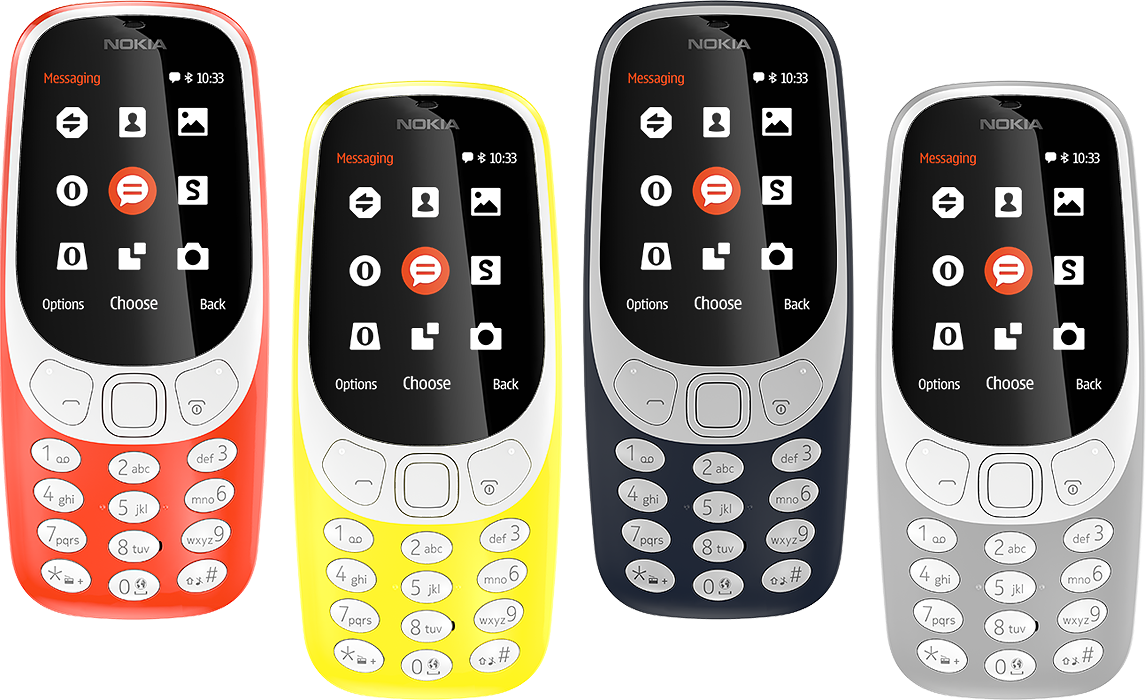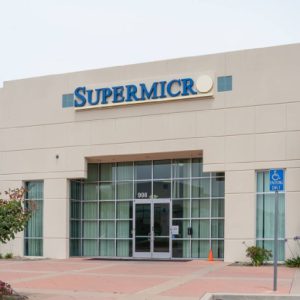
Nokia and BlackBerry have both launched retro-themed devices at this year’s Mobile World Congress (MWC).
Nokia has released an updated version of its classic Nokia 3310 whereas BlackBerry has launched the KEYone smartphone complete with a physical QWERTY keyboard.
Why have the two companies done this? Both have shown a complete divergence from the common smartphone market trends of high powered smartphones that operate almost exclusively using touchscreens. IDC stated that in 2016 iOS devices counted for 12% of the smartphone market, and Android dominated with 86%.
The original 3310 was released 17 years ago and enjoyed tremendous success, 126 million handsets were produced before it was discontinued in 2005. Similarly, Blackberry turned its back on hardware last year when the Canadian company announced it would be focusing on software licensing.
At a time when Nokia has seen a 14% year over year revenue decline and BlackBerry has focused on it’s security software, why have both businesses decided to go against the grain of the traditional smartphone market?

Speaking about the 3310 Boris Metediev, Research Manager, Mobile and Connected Devices at 451 Research, said: “The launch of this device is all about nostalgia. The hype that is generating is not because the phone has any type of advantage or future in the market, but simply because it is a very unusual move to relaunch a similar device as the one from 17 years ago.”
“Even in the emerging markets there are currently smartphones that are below $100, so the low price of Nokia 3310 may not be a big enough incentive for consumers to get such a limited device. At such price point, profit margins will be tiny, and to generate significant revenue the device will need to sell in great volumes.”
The new Nokia will be sold by Finnish company HMDGlobal, marking the first time the company will utilise the Nokia brand since the deal was finalised in 2016, and has a price tag of just £40. The company also believes that the handsets battery life is the phones’ strongest point. HMD has stated that the phone has enough battery life for 22 hours of phone calls and enough power to remain in standby mode for up to a month before needing to be recharged.
Though the new Nokia 3310 is not technically a smartphone due to its limited internet capabilities, the S30+ operating system will allow web browsing. But as the device relies on 2.5G connectivity, this ultimately means users can expect slower data speeds than the leading competitors on the market that utilise 3G and 4G connections.
The operating system will also limit the range of apps available compared to other more popular operating systems such as iOS and Android, and the built in camera is just a meagre two megapixels.
The BlackBerry KEYone, meanwhile, will be manufactured by TCL and marks the first time a Blackberry device has made us of a vertical QWERTY handset since 2014. Storage wise consumers can expect 3GB of RAM, 32GB of on board storage, and a micro SD slot that can take up to 256GB of additional data. The 12MP camera puts it on par with the iPhone 7 for camera fidelity and the curved gorilla glass screen is sharp and sturdy.
The handset will be sold for £499, which is on the steeper end of phone sales. Does the BlackBerry name still have enough weight to make it a viable competitor to Apple and Samsung?

Metediev added: “Both the BlackBerry Passport and BlackBerry Priv had a QWERTY keyboard, and although both devices received good reviews, the market was pretty clear that physical keyboard is a thing from the past and the devices didn’t get much traction. The Priv was also an Android device, but that didn’t help much either. It seems that the Blackberry brand is just shot, and whatever the company does on the hardware side it is just not enough to regain its former glory, which is unfortunate since the devices are very good.”
“The price tag of the new KEYone ($549) is not going to help, considering the many cheaper and more powerful devices out there on the market. One must be a really die-hard fan of the physical keyboard to pay a higher price for a smaller screen, and there are not many left of them anymore.”
It seems that the deck is stacked against these devices, but the power of nostalgia can be pretty powerful. The recent release of the NES Classic by Nintendo, which was little more than an emulator, sold out worldwide, moving more than 200,000 units in three weeks according to NPD figures.
Whilst BlackBerry can boast one of the most secure devices on the market, will the brand have enough power to convince the market, similarly will Nokia be able to capitalise on it’s nostalgia to increase it’s much needed revenue?
Metediev said: “The one clear advantage of Nokia 3310 is battery life, but the way other companies tackle such challenges is with wireless charging, fast charging or software optimisation – basically trying to innovate – and not turning back the clock 17 years.”






